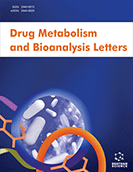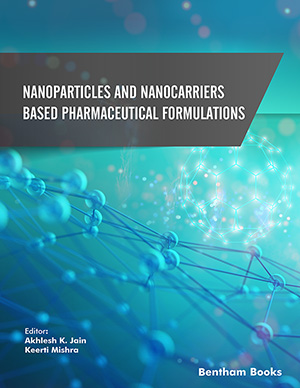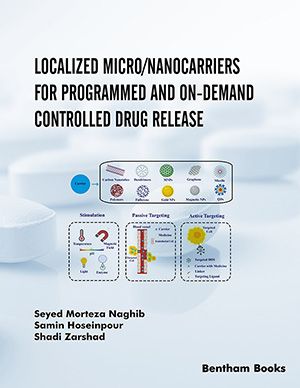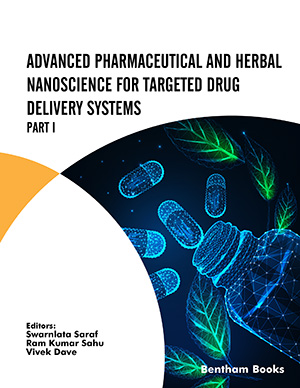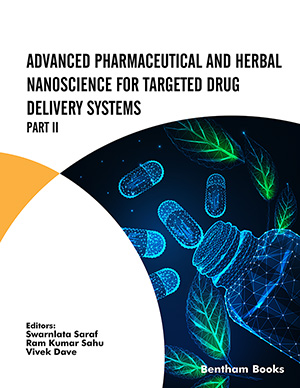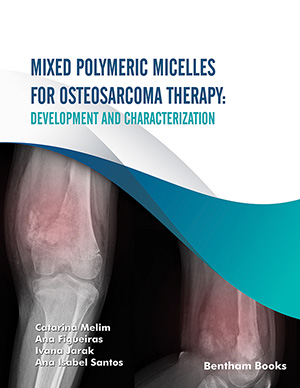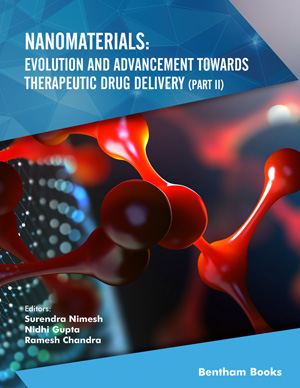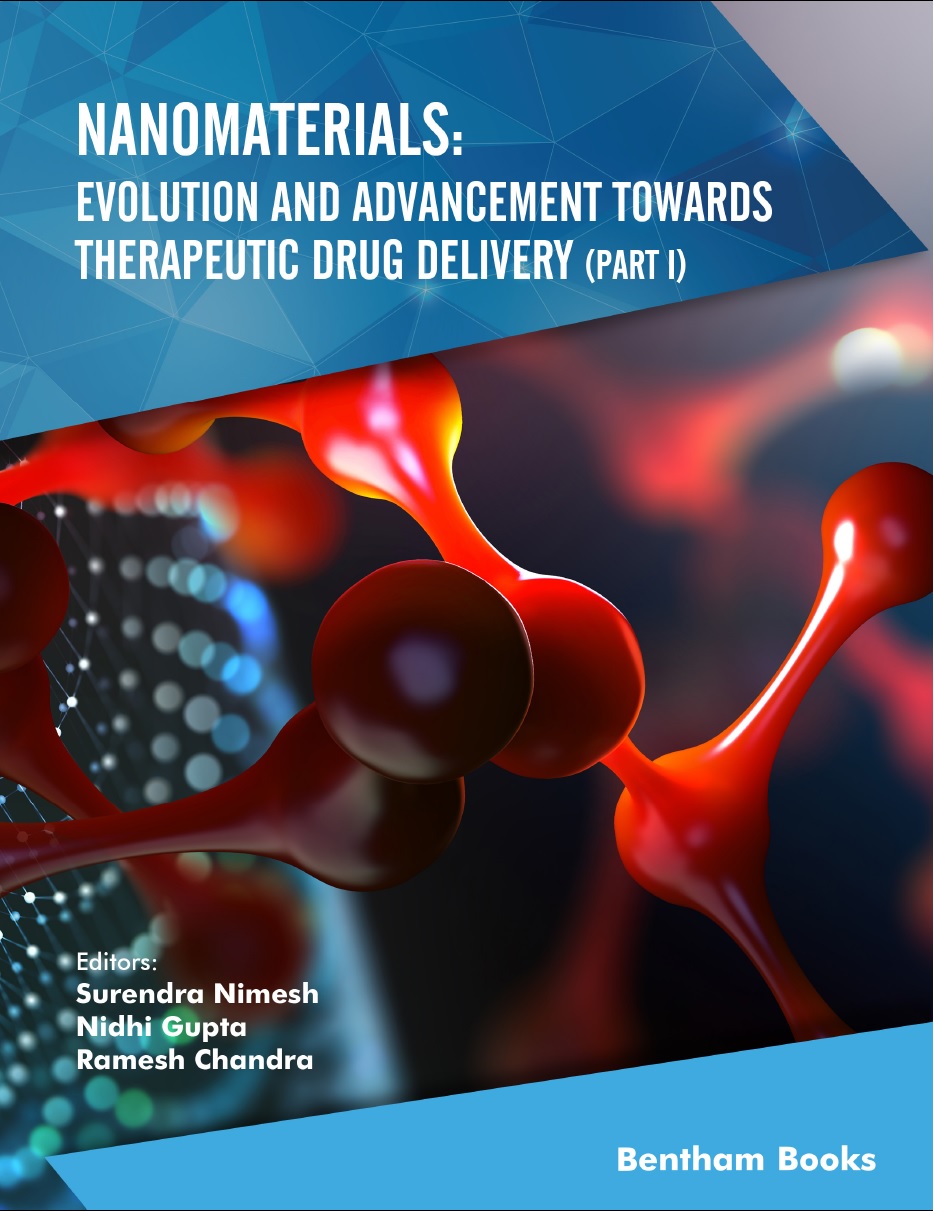Abstract
Oral bioavailability (F) is determined as fraction of the drug dose absorbed through the gastrointestinal membranes (Fa), the unmetabolized fraction of the absorbed dose that passes through the gut into the portal blood (Fg), and the hepatic first pass availability (Fh), namely F is expressed as the product of Fa, Fg and Fh (F = FaFgFh). Current evidence suggests that transporter proteins play a role in intestinal absorption and hepatobiliary clearance of drugs. Among those transporters, this review will focus on PEPT1 and OATP2B1 as influx transporter and p-glycoprotein (P-gp) and BCRP as efflux transporter in intestinal epithelial cells, and on OATP1B1 and 1B3 as influx transporter and MRP2 as efflux transporter in hepatocytes, respectively, because drug-drug (DDI) and -food (DFI) interactions on these transporter are considered to affect bioavailability of their substrate drugs. DDI and DFI may reduce systemic exposure to drug by blocking influx transporters in intestine, but increase it by modulating influx and efflux transporters in liver and efflux transporters in intestines. Namely, drug disposition and efficacy are likely affected by DDI and DFI, resulting in treatment failures or increase in adverse effect. Therefore, it is of significantly importance to understand precise mechanism of DDI and DFI. This review will present information about transporter-based DDI and DFI in the processes of intestinal absorption and hepatic clearance of drugs, and discuss about their clinical implication.
Keywords: BCRP, intestinal absorption, OATP, PEPT1, P-glycoprotein, transporter.










